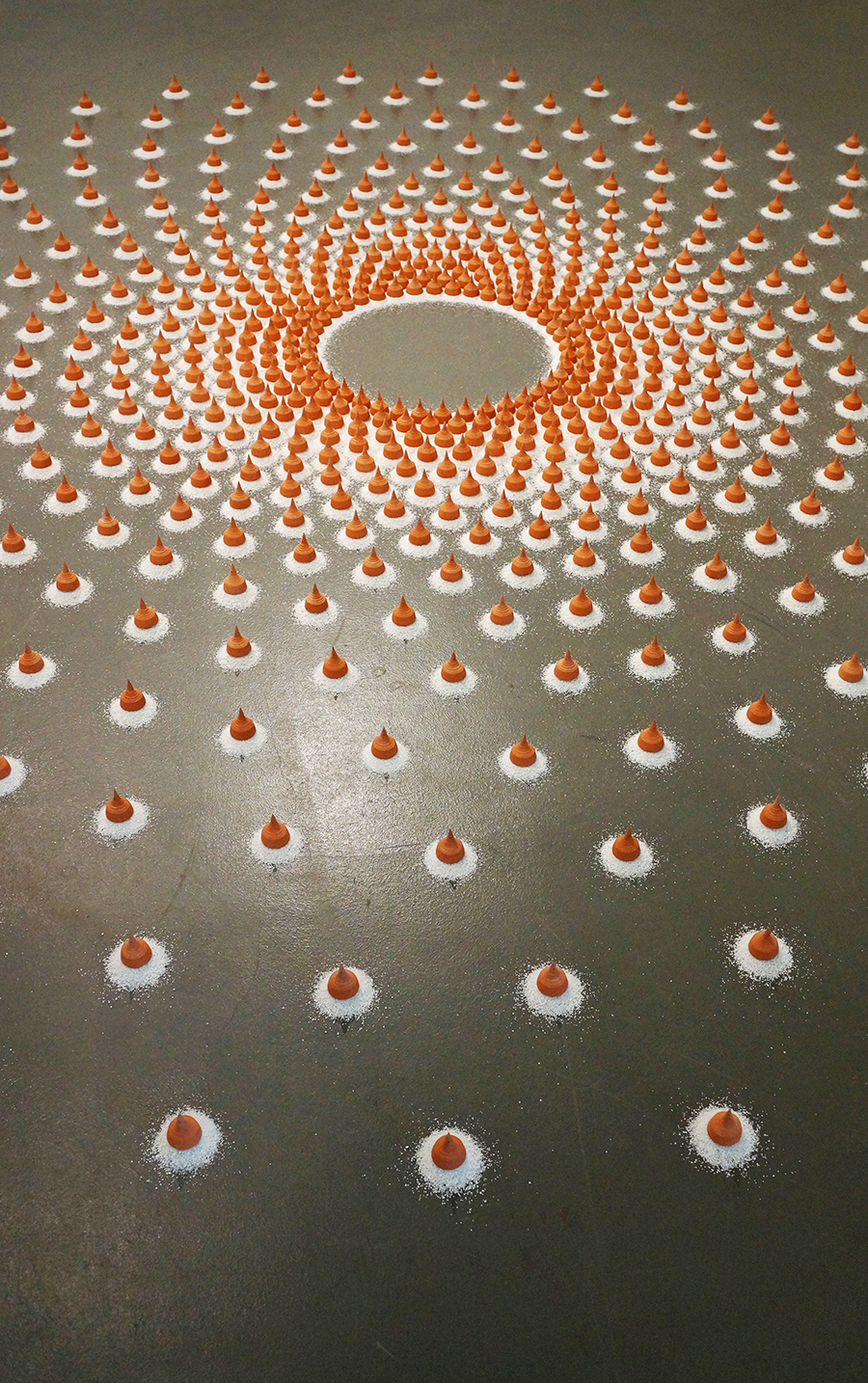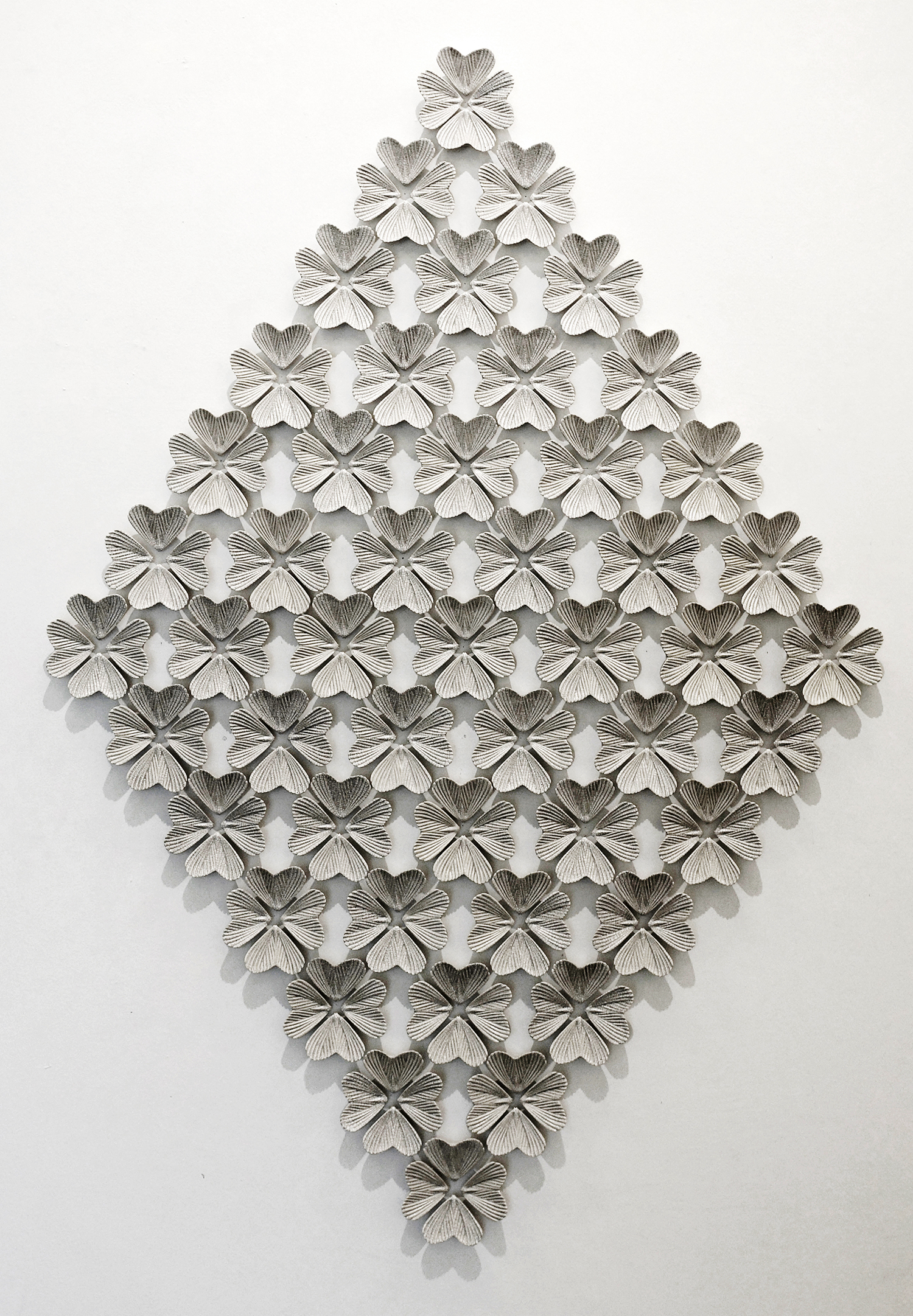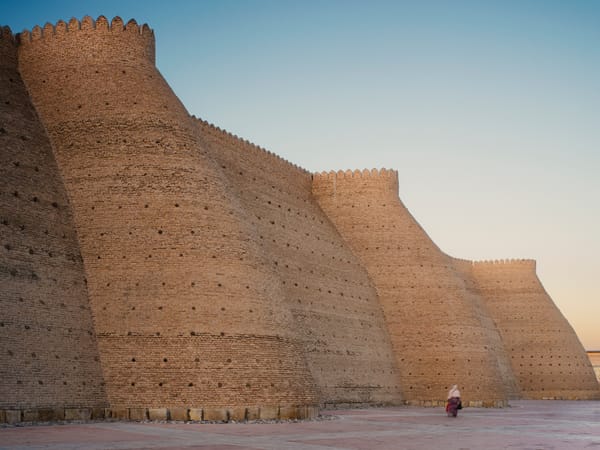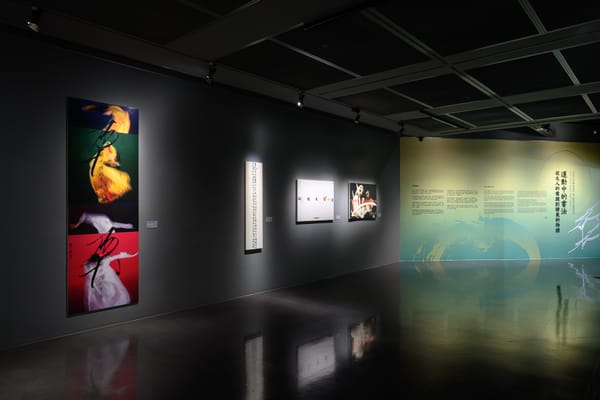Shows
Albert Yonathan Setyawan: “Apotheose ”


Indonesian ceramic artist Albert Yonathan Setyawan mass produces elegant handmade works by the hundreds, which are then staged as exalted aggregations. Presented in his solo exhibition “Apotheose,” at Mizuma Gallery in Singapore, Setyawan’s multi-piece assemblages are contemplative reinterpretations of myth, nature and spirituality.
Setyawan is one of his country’s most promising young artists and was among the five who represented Indonesia at the 55th Venice Biennale in 2013. For the last several years, Setyawan has been living in Kyoto, Japan, completing his postgraduate studies in ceramics. Using the slip-casting method and handcrafted plaster casts, he produces hundreds of small organic and geometric forms, each molded manually, and organizes them into configurations that resemble meditative labryinths or mandalas. A labyrinth, the artist emphasizes, is different from a maze where one can become lost. Rather, a labyrinth imparts transformation to its visitors by leading them to follow a single, circuitous path that winds to and from its center. Beginning and end are one.


“Apotheose” presents two, large floor installations, six wall-mounted works and a modest selection of drawings and prints. Almost an afterthought, a video of one of the artist’s methodical performance pieces round out the exhibition. Mandala Study #3 (2014) and Mandala Study #4 (2015) are focal points of the show, sharing floor space at the center of the gallery. Mandala Study #4, comprising over 800 diminutive terracotta stupas, each resting on a compact mound of fine, white marble sand, is displayed in the hypnotic pattern of a sprawling sunflower-seed head. The vast geometric Mandala Study #3 is laid out with 700 white stoneware temples. In contrast to these extended “landscapes,” Setyawan’s dense wall pieces are Escher-like puzzles of dimension and energy, rendered through complex tessellations of positive and negative space. In Vertebrae (2014), the artist amasses hundreds of porcelain, mosque-inspired forms whose contours fluctuate with their own shadows.
Systematic repetition, according to Setyawan, inscribes a “mantra for daily life.” His numerous fragile forms follow an iconography extrapolated not only from religious architecture, but from nature, as seen in the wall piece Mystic Flowers (2014), whose pieces suggest the mutability of moth wings as they come together to form flower petals. He also calls on archetypal figures of the divine and the fabulous. In the totemic Demigods (2014), a crowd of multi-horned, crowned goat-heads is both unsettling and compelling.
The quiet luster of Setyawan’s ceramics is generally unembellished, except for minute crackles in the glaze, which the artist deliberately reveals by washing each piece in ink. These crackles disclose the simple contours of each small, perfect figure, which would otherwise take on a one-dimensional aspect at certain angles. Texture and depth come into relief only when light glances off the rim of a moth wing or exposes a pleat of shadow. In his desire to unify this outer surface with the internal hollow space of the forms themselves, Setyawan makes a single tiny hole in every piece, which, he says, allows the works to “breathe.”
Setyawan explores ways to transcend the structures he so painstakingly creates. His continuous retelling of symbols and reiteration of pattern are the same repetitions found in nature and in our lives, which, the artist asserts, begins and ends with the ephemerality of existence. In previous performances, such as Cosmic Labyrinth: The Bells (2011–12), he would dismantle and physically destroy his installations before a live audience at the end of the show. At Mizuma, the artist’s one-hour time-lapse video, Metaphor of the Human Condition: Meditation on Silence- The Dissolving Bowl (2015), unfolds in serene transience. Setyawan gently pours water into a labyrinthine nest of a dozen, identical unfired clay bowls. Their thin and precise forms gradually dissolve into trembling layers of clay slip and eventually collapse into their original state of formlessness.

“Apotheose” is on view at Mizuma Gallery, Singapore, until May 17, 2015.







